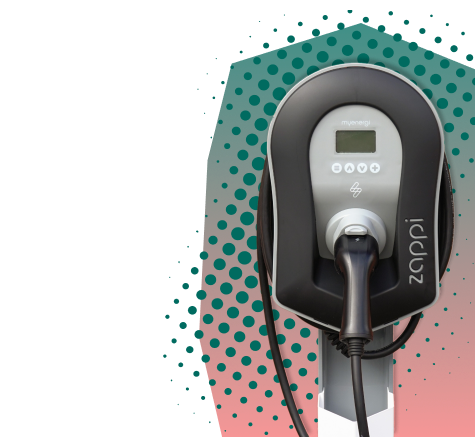Greenhouse gas (GHG) emissions are a major contributor to global warming and climate change. These emissions are produced by various activities, such as burning fossil fuels, deforestation, and industrial processes. According to Our World in Data, over the last few decades, global temperatures have risen sharply — to approximately 0.7℃ higher than our 1961-1990 baseline. Hence why it’s important for everyone to understand where the emissions come from, and how to combat them. GHG emissions are typically classified into three different scopes based on their source.
Scope 1
Scope 1 emissions refer to direct emissions from sources that are owned or controlled by an organization. These can include emissions from the combustion of fossil fuels in company-owned boilers or vehicles, as well as emissions from industrial processes such as cement production or chemical manufacturing. These emissions are typically the easiest for organizations to measure and manage, as they are directly linked to the organization’s activities.
Scope 2
Scope 2 emissions refer to indirect emissions from the generation of purchased electricity, heat, or steam consumed by an organization. These emissions are generated outside of the organization’s control, but they are still related to its activities. For example, if an organization purchases electricity from a coal-fired power plant, it is responsible for the emissions generated by that plant. Organizations can reduce their Scope 2 emissions by sourcing electricity from renewable sources or by improving energy efficiency.
Scope 3
Scope 3 emissions are all indirect emissions that occur in the organization’s value chain, including both upstream and downstream activities. These emissions can include emissions from the production of raw materials, transportation of goods, and disposal of products at the end of their lifecycle. Scope 3 emissions are often the largest source of emissions for an organization, but they can also be the most difficult to measure and manage as they involve a wide range of activities outside of the organization’s direct control.
Scope 4
The idea behind Scope 4 is to account for the full lifecycle of a product or service, including emissions that occur outside of the traditional boundaries of an organization’s operations. However, because there is no standard definition or methodology for calculating Scope 4 emissions, it can be difficult to compare emissions across organizations or to use this concept for regulatory reporting or compliance purposes. While Scope 4 emissions are not currently recognized by the GHG Protocol, the concept of accounting for the full lifecycle impacts of products and services is becoming increasingly important for companies and policymakers looking to address climate change.
In order to effectively manage GHG emissions, it is important for organizations to measure and report on their emissions in all scopes. This helps to identify opportunities for emission reductions and to track progress over time. Some organizations may focus primarily on reducing Scope 1 and 2 emissions, while others may prioritize reducing Scope 3 emissions through changes to their supply chain or product design.
Overall, understanding the different scopes of GHG emissions is crucial for taking action to mitigate the impacts of climate change. By measuring and reducing emissions in all three scopes, organizations can help to reduce their contribution to global warming and create a more sustainable future for all. Storm4 prepared this infographic for you with a short description of each Scope, to raise more awareness of emissions and their contributions to climate change.
Here at Storm4, we are passionate about all things GreenTech. That’s why we pride ourselves on working with the best talent in the sector, which can come in crucial when it comes to your hiring needs. If you need the talent to drive your mission, get in touch. As experts in GreenTech recruitment, we have an extensive pool of specialist, senior professionals, and are dedicated to helping connect talent to innovative businesses creating a more sustainable future.











